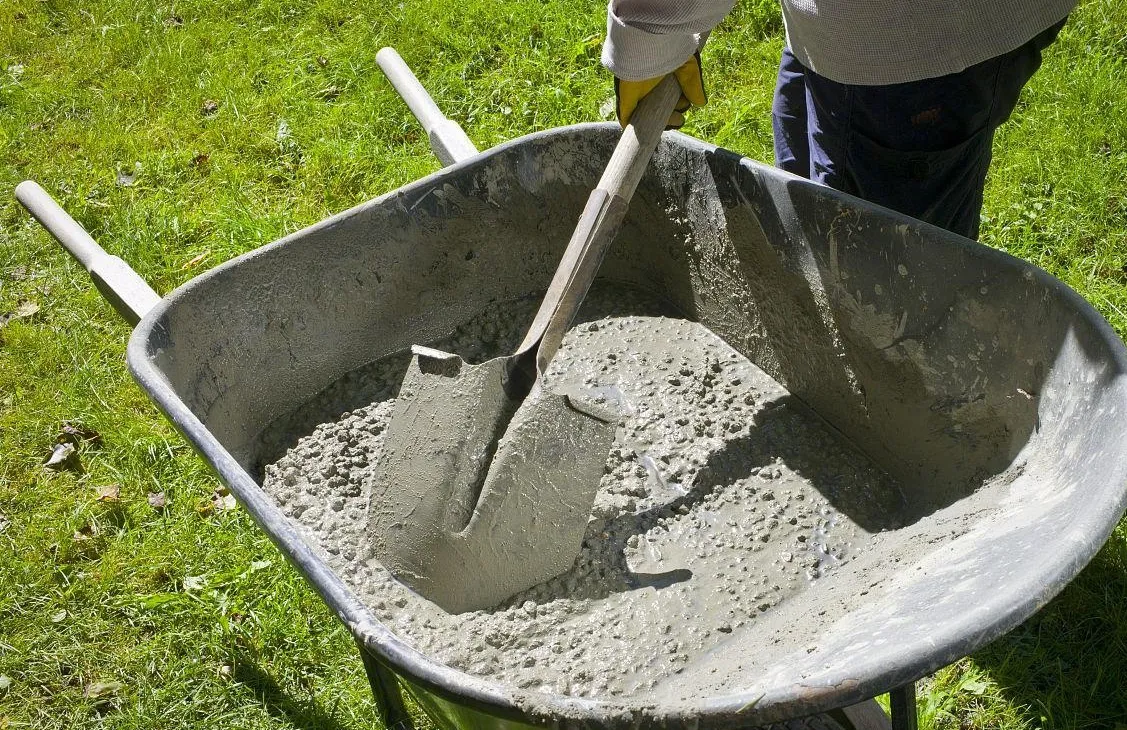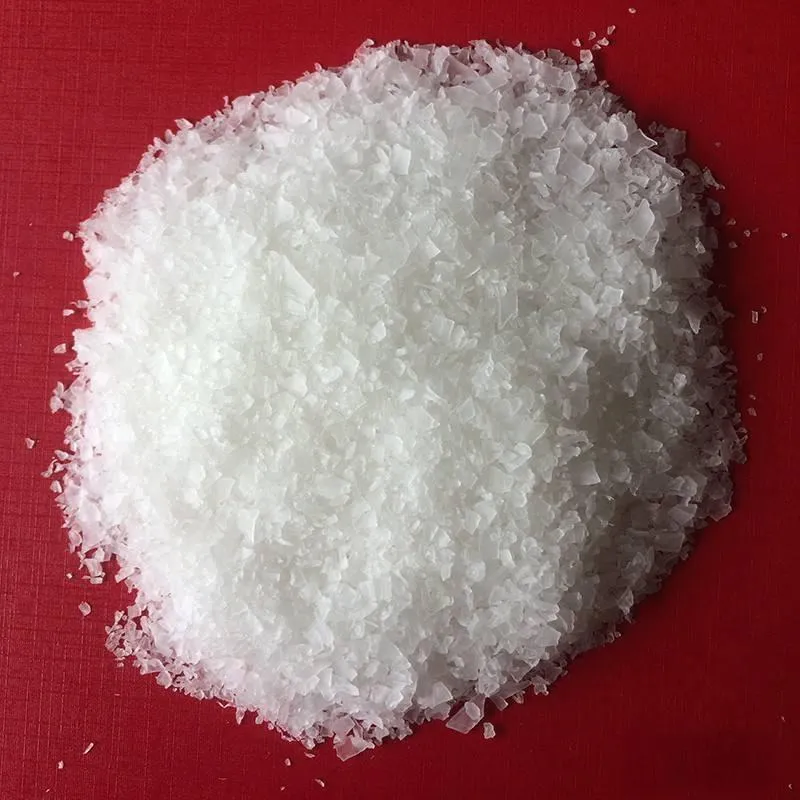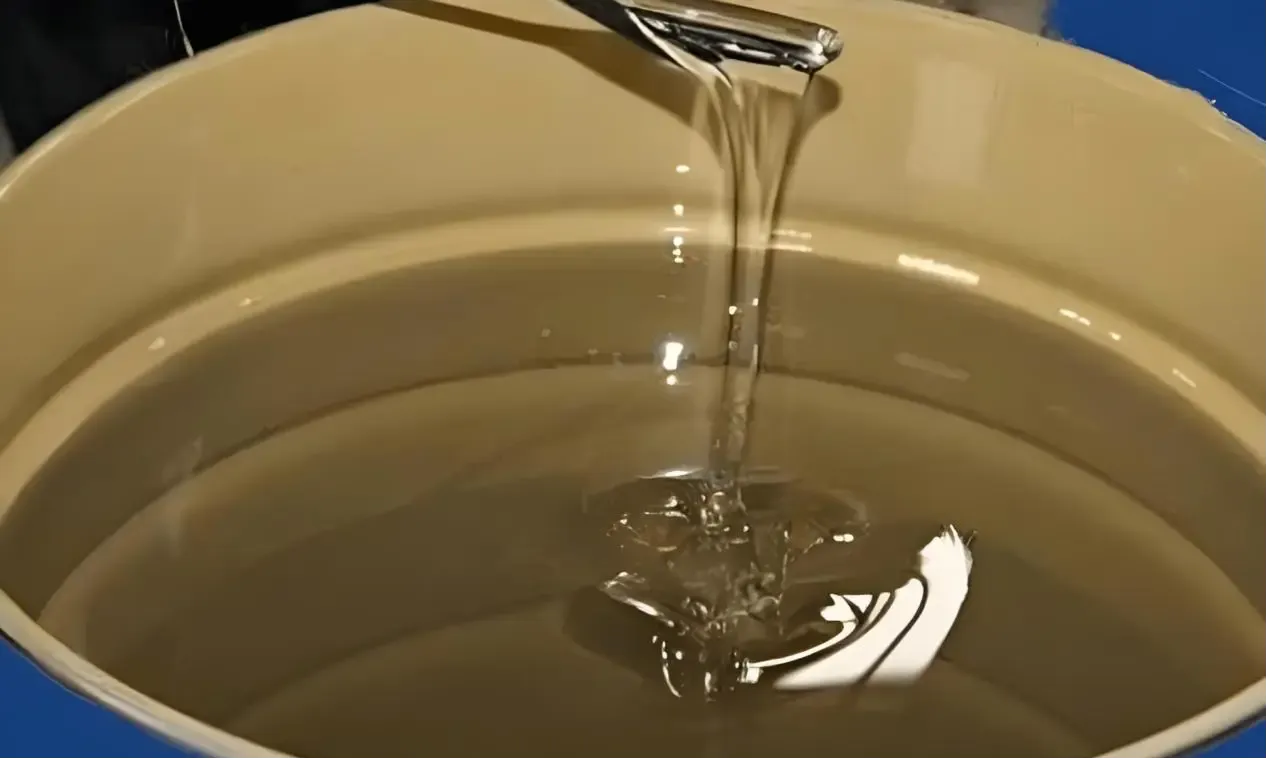
The Versatile Role of PVA and Polypropylene Fibers in Modern Construction
In today’s construction industry, innovative materials like polyvinyl alcohol plastic and کنکریٹ کے لیے پولی پروپلین ریشے are transforming the way builders approach durability, adhesion, and surface preparation. From using PVA for concrete to enhancing paint performance with polyvinyl alcohol solution, understanding these materials is crucial for achieving professional and long-lasting results. This article explores PVA types, their applications in cement and walls, and the cost considerations of using polyvinyl alcohol emulsion in large-scale projects.

1. PVA Types and Their Applications in Cement and Surface Preparation
Polyvinyl alcohol (PVA) is a synthetic polymer known for its excellent adhesion, film-forming, and emulsifying properties. Available in several PVA types, such as fully hydrolyzed and partially hydrolyzed grades, it adapts well to various construction and industrial uses.
One key feature is poly vinyl alcohol solubility in water, which allows PVA to dissolve and form an effective primer or bonding agent. Builders often prepare a polyvinyl alcohol solution to seal porous surfaces or enhance adhesion. This is especially useful when applying PVA walls before tiling, where it acts as a barrier and prevents moisture absorption.
For exterior applications, exterior waterproof PVA ensures walls are properly sealed before rendering or painting. Using PVA before render improves the bond between the substrate and render coat, reducing the risk of cracking or debonding.
In cementitious applications, adding PVA to cement improves workability, reduces water permeability, and enhances the overall durability of the mix. The combination of PVA and cement is particularly beneficial for patch repairs, screeding, and surface leveling.

2. Reinforcement and Cost Considerations in Construction
While PVA focuses on adhesion and sealing, reinforcement requires synthetic fibers. Polypropylene fibers for concrete are widely used to improve tensile strength, control shrinkage cracks, and enhance resistance to impact and abrasion. These fibers are mixed into the concrete to create a composite material with superior durability.
When sourcing materials, contractors often look at the polyvinyl alcohol cost, which varies depending on grade, purity, and regional market conditions. Bulk purchasing of polyvinyl alcohol emulsion can provide cost savings for large projects.
Safety and handling are also critical. Always refer to the MSDS of polyvinyl alcohol and PVA primer MSDS to ensure proper storage, handling, and application, especially in dusty or high-temperature environments.
In painting and coating applications, the function of PVA in paint production is significant. PVA acts as a binder, improving film formation and ensuring better adhesion of pigments to surfaces. This leads to longer-lasting and smoother finishes, especially when applied on walls primed with PVA bond for plastering.

3. Practical Uses of PVA in Walls, Concrete, and Plastering
For surface preparation, applying PVA for walls serves multiple purposes: sealing, bonding, and reducing suction. When using PVA walls before tiling, it creates a moisture barrier that prevents tiles from loosening over time.
In plastering, PVA bond for plastering is applied to walls and ceilings to ensure proper adhesion of plaster layers. Similarly, when preparing surfaces for concrete applications, PVA for concrete is used as an additive to improve bonding and reduce surface dusting.
Dissolving PVA in water is a common step before applying it as a primer or bonding agent. The poly vinyl alcohol solubility allows for quick and easy mixing, enabling smooth application on porous or absorbent surfaces.
PVA glue manufacturers continue to innovate, offering products that combine strong adhesion, water resistance, and environmental safety. These developments are helping professionals and DIY enthusiasts alike achieve reliable results across various applications.
Building Stronger with PVA and PP Fibers
The use of polyvinyl alcohol plastic and کنکریٹ کے لیے پولی پروپلین ریشے has become indispensable in modern construction practices. From preparing walls with PVA before render to reinforcing concrete structures, these materials provide strength, adhesion, and durability.
Contractors seeking superior finishes rely on PVA for walls, polyvinyl alcohol emulsion, and PVA bond for plastering to ensure every layer—from primer to topcoat—performs flawlessly. Understanding the function of PVA in paint production and sourcing quality products from trusted PVA glue manufacturers are critical steps toward long-lasting results.
Next step: For your next project, consider incorporating PVA and cement solutions and high-performance fibers to create structures that stand the test of time. Source premium materials, review their MSDS of polyvinyl alcohol, and explore bulk options to balance performance with cost efficiency.
FAQs
1. What are the different PVA types used in construction?
PVA comes in fully hydrolyzed and partially hydrolyzed forms. Fully hydrolyzed types dissolve in hot water, while partially hydrolyzed grades dissolve in cold water, making them suitable for diverse applications like PVA primer MSDS preparations or bonding agents.
2. What is the function of PVA in paint production?
In paint production, PVA acts as a binder, improving film strength, adhesion, and durability. It enhances the consistency of coatings applied on PVA for walls and ceilings.
3. How do you use PVA before render or tiling?
Apply diluted PVA before render to seal porous surfaces and improve adhesion. For tiles, using PVA walls before tiling prevents moisture penetration and ensures long-term bonding.
4. What is the solubility of polyvinyl alcohol in water?
Poly vinyl alcohol solubility in water varies with the degree of hydrolysis. Fully hydrolyzed PVA dissolves in hot water, while partially hydrolyzed grades dissolve in cold water.
5. Where can I find reliable PVA glue manufacturers and check polyvinyl alcohol cost?
Global suppliers like Kuraray, Sekisui, and Celanese provide high-quality PVA and adhesives. Polyvinyl alcohol cost depends on grade, volume, and market conditions.
-
Hydroxypropyl Starch as a Sustainable Construction AdditiveNewsNov.24,2025
-
The Gelation Properties of CMCNewsNov.21,2025
-
Redispersible Latex Powder and Water Retention CapacityNewsNov.21,2025
-
Dosage Control for Polycarboxylate Water ReducerNewsNov.21,2025
-
Film-Forming Properties of Polyvinyl AlcoholNewsNov.21,2025
-
The Function of Gypsum Additives in MortarNewsNov.21,2025





















